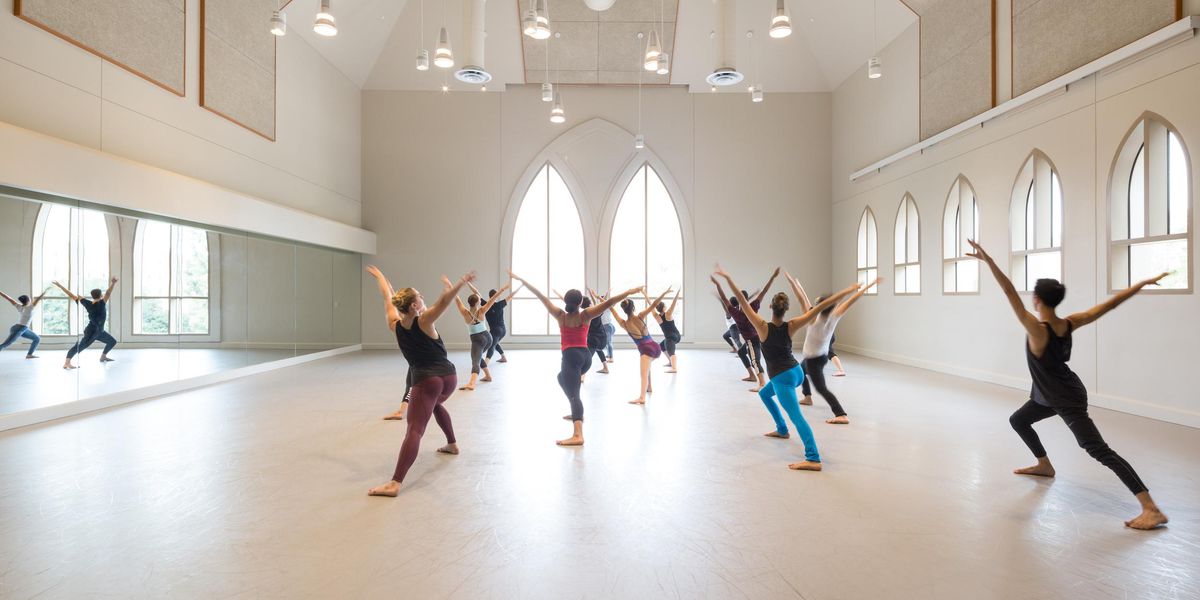Beyond Perfect: A Manifesto
Dancer
Sarah Hay long struggled with the image of an ideal ballet body. Now, as the star of the upcoming TV series “Flesh and Bone,” her body is about to become one of the most recognizable in ballet. Here she explains why it’s time for the dance world to give up its narrow definition of beauty.
I can’t remember the last time any of my friends said that they liked their body. Not even the ones I envied growing up for having longer limbs or better turnout. As a dancer, you are always looking at your body and comparing it to some “ideal” of medium height, willowy arms and legs, a narrow ribcage, a long neck, high insteps. Even when you just begin training, you are evaluated by teachers who have no idea what you will look like as an adult. They classify students as those who have potential and those who don’t. I was told my body type wasn’t suited to ballet—and I proved everyone wrong. Oops. Is there an issue with my body? Or is the issue with the image that we have come to believe is “right”?
For a long time, I was featured in body-issue articles in Dance Magazine and Dance Spirit. In the studio I was often referred to as different, and I never really understood why my curves were a problem. I had all the physical requirements to be a successful dancer, such as good feet and flexibility. Sometimes the attention would irritate me and make me feel uncomfortable. I would go to class and rehearsals in clothing that covered up my body. It made me sad to hear so much talk about my curviness, and I began to focus on things that I could not change.
In one of my first professional jobs, guest choreographers would pick me for solo roles, but my director wouldn’t let me dance the parts because of how I looked in the costumes. All I wanted was to look like everyone else, and I tried to hide as much as I could in costumes that weren’t allowing me to hide anything. The focus on my body was ruining me. Not to mention that standing next to me were girls with the same insecurities but who were already extremely underweight.
It wasn’t until I joined the Dresden Semperoper Ballet that I found a place where uniqueness was viewed as a way into the company. In my first class there, I looked around the room and saw an army of men and women who were all different: shapes and sizes galore but all toned, musical, graceful, skilled and coordinated. It was like I had walked into my dream world. Not only am I considered “sexy” for having a curvy body, and appreciated for my musicality and versatility, but I’ve learned more about myself and my dancing than I ever thought possible. I no longer focus on the problems with my body, so I am free to develop as a dancer. When you find your place, you know it.
“Body type is not my first priority,” my director Aaron Watkin told me recently. “I look for musical, coordinated, versatile artists with a lot of personality. Our dancers are a real mixed bag: Tall, short, thin, athletic, various colors and shapes, but each of them has a special quality that makes them clearly unique.”
Of course, certain functional characteristics are required for ballet. Dancers who can’t stand on their pointe shoes or who have no rotation at the hip are not going to be successful. However, long limbs and necks, small heads and bustlines—the qualities that we often use to describe a dancer—are not really essential and are often missing in the most successful dancers. The performers we love to watch possess artistry and a special quality of movement. Sara Mearns is a great example. So is Misty Copeland, who recently told Fox News, “My curves became an integral part of who I am as a dancer, not something I needed to lose to become one.” Maria Kochetkova, one of my favorite dancers, is a principal at 5 feet. She once said, “Ballet isn’t a modeling business. It’s about dancing….It’s all about how you express yourself and how you use what you have.” It is the diversity and not the similarity of body types that makes dancers interesting on stage. Would we really want to watch a performance of dancers with identical “perfect” ballet bodies?
In my own life, I am working towards accepting my curves as a part of who I am and not something I need to change to fit into an invented concept of the perfect ballet body. I hope I will no longer be described as a successful dancer with a curvier than normal body. I hope we will no longer pick out dancers and say that they are amazing in spite of the fact that they are unusually tall or small, or have short necks or limbs. We need to value artistry, musicality and expressiveness. These are the qualities that will excite audiences or move them to tears. We are living in an historic time of increasing tolerance for human differences and acceptance of people for who they are. I hope that we will begin to apply those same values to dancers and no longer criticize but embrace diversity. From here on forward, let’s consider the body to be a nonissue.






